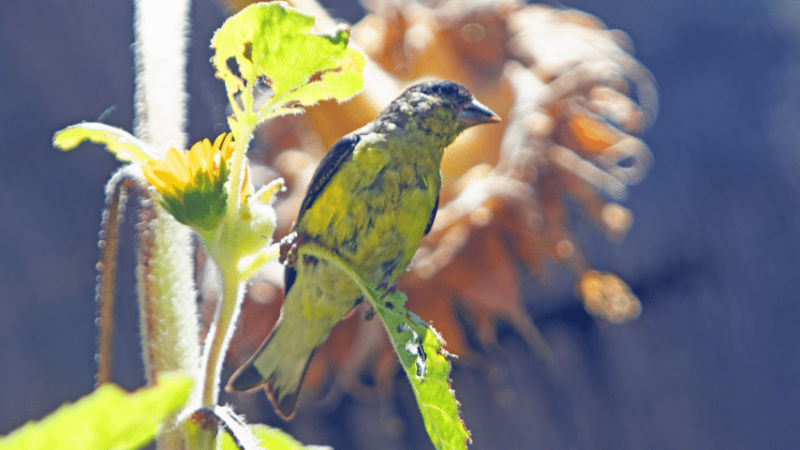Sunflowers add a touch of sunshine to any garden. Not only do they provide a boost of serotonin to look at, but they are helpful for the outdoor space, in general.
The last thing you want to see is their leaves withering away due to unforeseen elements. So what is it that could be causing the damage to my plant?
Table of Contents
What is Eating my Sunflower Leaves?
Both insects and wildlife are attacking your sunflower leaves. Unfortunately, there are several different species of both types that find the sunflower particularly irresistible. The most common offenders are cutworms, who use the cover of night to chomp down on each leaf they come across.
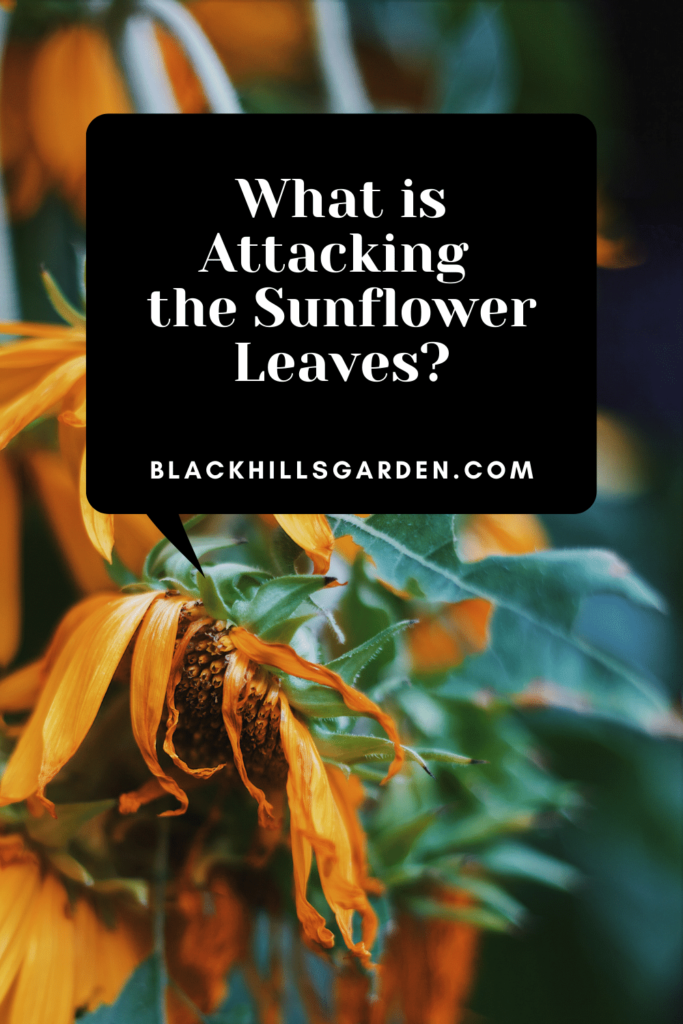
10 Sunflower Obsessed Pests to Look Out For
Sunflowers are tall and bright flowers that attract a lot of attention. For example, hunters will plant sunflowers specifically in areas they want to use for hunting due to the deer’s love for the flower.
Some birds like sunflowers because the center is big enough to sit on. Rabbits also have no qualms digging under holes in the fence to get closer to their favorite flower.
Let’s just say, nature is a fun. In addition to cutworms, here’s a more robust list of flying, walking, or crawling things that could be seeking out your sunflowers:
1. Deer

2. Rabbits
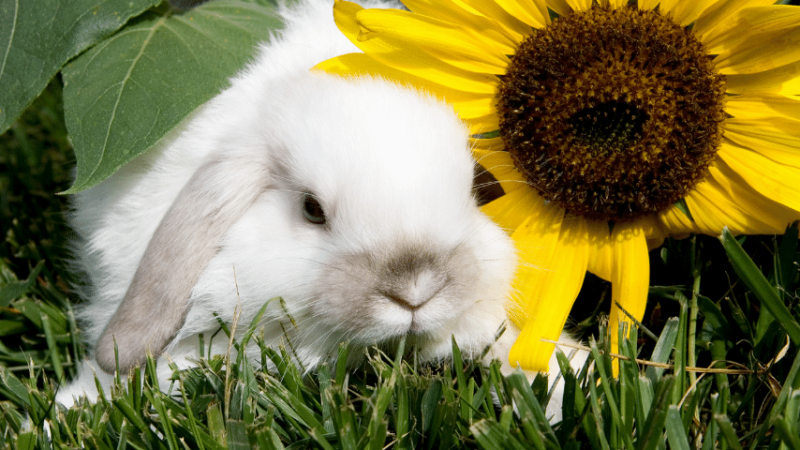
3. Ants
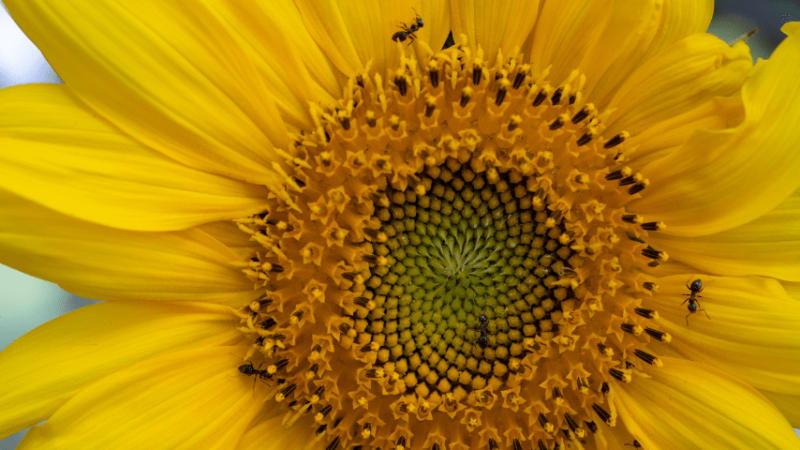
4. Finches
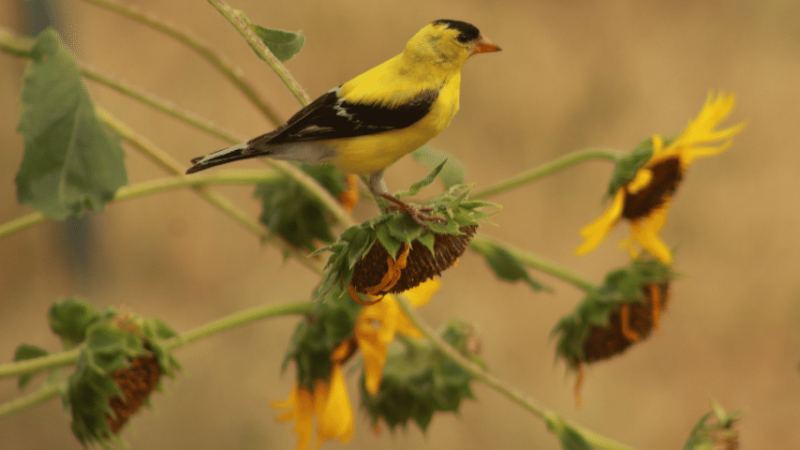
5. Sunflower Beetles
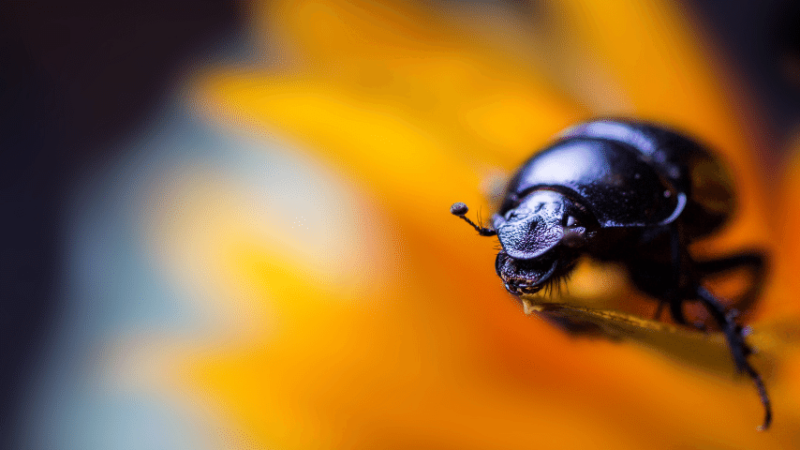
6. Sunflower Borers

7. Weevils

8. Grasshoppers
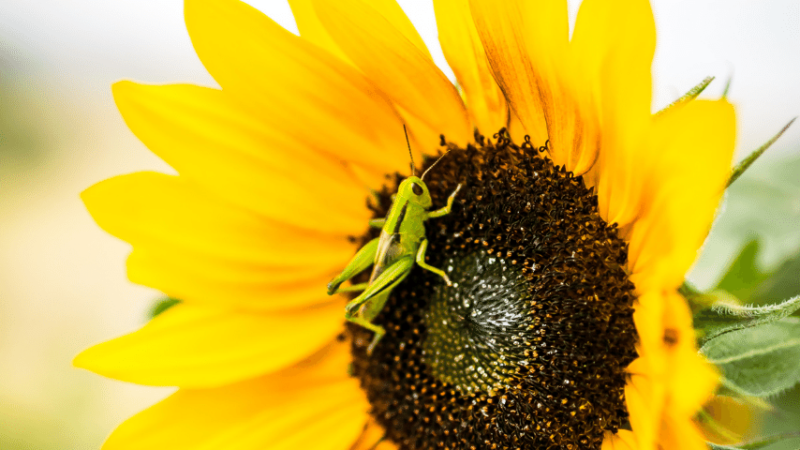
9. Moths
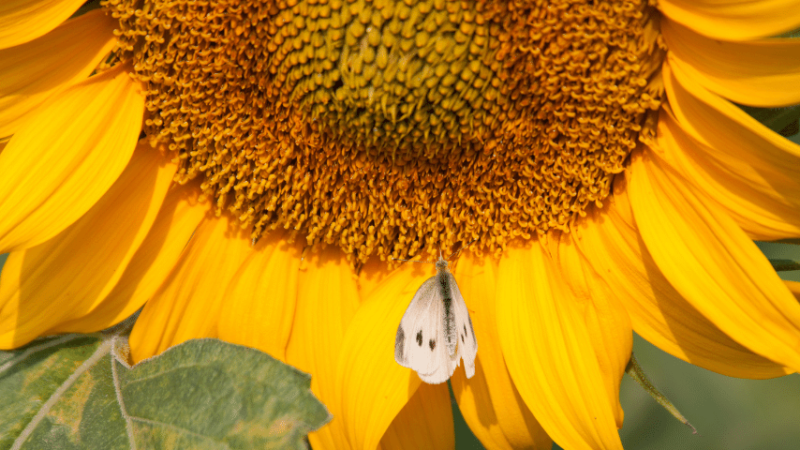
10. Aphids

Plant Pests Attacking Sunflowers – WhaT to Look For
So, maybe you know something is eating the leaves of your sunflowers but not completely sure what.
It can be tough sometimes because you can’t be in the garden constantly and some bugs are like the cutworms waiting until nightfall according to the University of Minnesota.
Aside from putting hidden cameras at every angle, there are some signs to pick up on. The most obvious thing to do is to inspect the leaves.
If there are bugs causing issues you should be able to see signs of them on the underside where they leave their larvae.
If it’s something with four feet, you might see bite marks or tears on the stem. If the pest is a bird, you might be looking at some nips on the leaves.
You may not know exactly which bug, unless you see a trail of ants, or animal has made a favorite of your sunflowers but using observation as a starting point will help you with a planned treatment.
It might take a few tries to get the best combination of things to ward off everything that has narrowed in on the leaves, but making an effort ensures you will get there.
Keeping Sunflowers Safe
While it’s unlikely you’ll be able to keep them completely safe from every issue, there are things you can do to build a protective barrier around them.
Below are categories of those who prey on sunflower leaves and what you can do to avoid the interaction.
Wildlife
For animals that can just walk onto your property, the first way would be to build a fence to keep them out.
That’s not always the most helpful way of dealing with the issue. It’s also a very costly solution. Some deer can jump as high as eight feet, so, good luck with a fence.
A good place to start, instead, would be adding counteractive odors to work as a detracting mechanism. Some strategic options are gardenias, chocolate cosmos, sweat pea, and wisteria.
For shorter fur friends, try throwing some chili powder across the soil where the sunflowers are planted.
Rabbits will see it as a sign to avoid the spot. You can also just pull the wad of hair out of your hairbrush and spread it across, they aren’t too fond of that odor either.
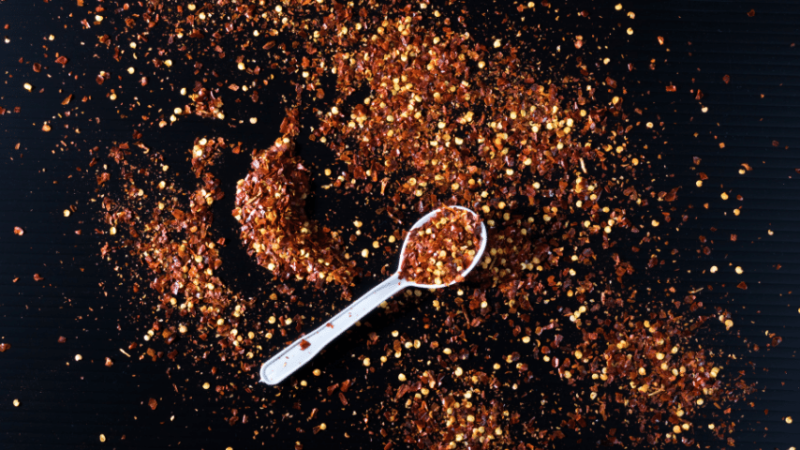
Avian Life
Birds find sunflowers to be convenient, so shooing them away might be a tall order.
Bird netting is good for smaller flowerbeds but might be tough with sunflowers, unless you’re comfortable using a whole lot to cover them.
What birds don’t like are reflective surfaces. Putting mirrors around your sunflowers might look odd, but you could try mylar balloons or something like that to put on posts in the sunflower field.
Feel free to save room for a wind chime or dream catcher to create movement in addition to the shininess when a gust of air passes through.
That combination would be a solid step towards your campaign.
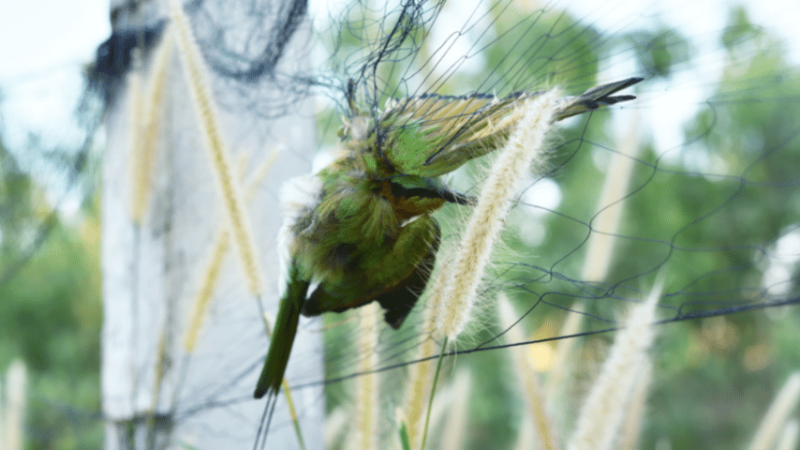
A Bugs Life
To keep the creepy crawlies away from the leaves of your beautiful flowers, try diatomaceous earth. This powder was created by the fossils of diatoms, super small oceanic organisms.
You’d probably be surprised by the variety of things this stuff is used for, but one it’s most known for is taking out insects.
Diatomaceous earth works by drying the bugs out from oil absorption. You will want to reapply to the soil after a storm, diatomaceous earth must remain dry to fufill its purpose.

If you see there are bugs who are not responsive to that treatment, try neem oil. This is an insecticide that contains only natural ingredients.
Bonus, it will help keep your sunflowers from diseases caused by any type of fungus.
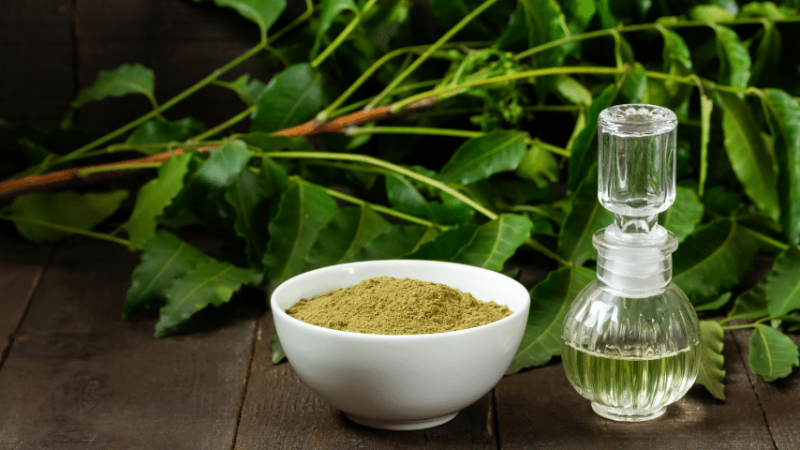
When ants are the ones causing problems, pretend the garden is your favorite coffee and sprinkle a little cinnamon across the base.
Heck, just go ahead and plant mint around your sunflowers, that keeps ants away and has a strong enough smell to detract animals.

Frequently Asked Questions About What is Eating my Sunflower Leaves
Is there anything I can spray directly on the sunflower leaves?
A fantastic leaf spray can be made using a oil such as peanut, sunflower, or vegetable and water.
Take two grams of oil and pour into a cup of water. Give it a good stir and spray liberally on all the leaves you can grab.
How can I protect young sunflowers?
When the flowers are still small, that is a good time to get out the birdnetting and keep it on for as long as it makes sense.
It’s also a lot easier at this stage to introduce shiny material for birds as well as tossing a variety of ingredients on the ground for bugs.
Are these same bugs causing the sunflower heads to fall off?
If the head is drying up and turning brown, it’s not likely from anything that has been eating the leaves.
What you’re looking at now is an issue with squirrels who are trying to get to the sunflower seeds. Try throwing lemon or orange rinds and coffee grounds around the garden.
Observation is Key When Looking for Pests Attacking Sunflower Leaves
At the end of the day, the best thing you can do is be observant. Be sure to pay close attention to what’s going on so you can hone in better on what’s doing the damage.
Once you know what you’re up against, it will be much easier to deal with the problem.

